November 2019 Audio Meditation
Here’s this month’s audio meditation. Above is the YouTube version with images…
Meditations, experiments, books and guided meditations to assist with nourishing spirituality, healing childhood wounds, and living more consciously.
Meditations, experiments, books and guided meditations to assist with nourishing spirituality, healing childhood wounds, and living more consciously.
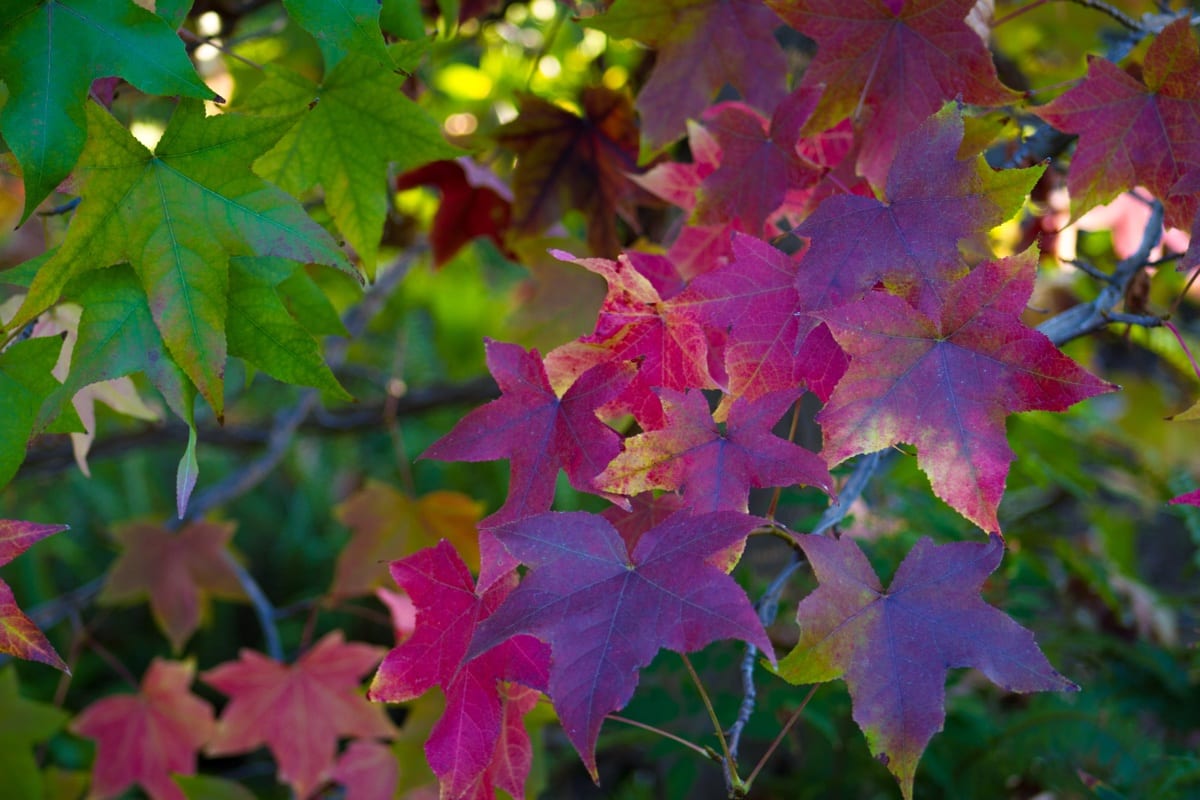
Here’s this month’s audio meditation. Above is the YouTube version with images…
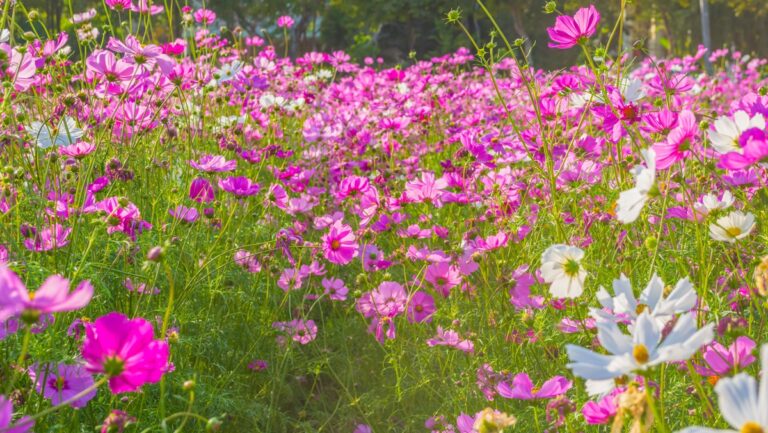
Sitting in Central Park this morning in my usual place, which is quite close to where dogs play together during the off-leash time, I’ve enjoyed seeing the enthusiasm they bring to chasing balls or just running around together. One small poodle came by and was so excited to be able to run that he squeaked as he went in ever widening circles around his human companions as they walked down a hill.
Something in the way this little dog gave his whole self to the activity touched something in me, bringing me a little more alive this morning. It got me to thinking about how we engage opportunities to express ourselves enthusiastically, celebrating life energy. There are times when the felines who share my home with me get into this same kind of abundant enthusiasm and one particular feline friend has a way of squeaking as she purrs when I rub her head in a certain way.
For this week’s practice in conscious living, I invite you to do two things. First, notice what you experience when you take time to watch people or other earth-kin engaging in play or some other activity with unbridled enthusiasm. Pay attention to what happens in your body, the quality of your emotions, the tone of your thoughts when you do this. Then, notice how you engage pleasurable activities, things you really enjoy doing. They don’t have to be dramatic, just sources of pleasure or engagement. If you’re in a situation where you can’t actually physically engage in an activity, take some time to imagine that you are doing so. Allow yourself to experience the sensations and state of being that arise as you imagine whatever activity gives you real pleasure. Remember, the brain responds to imagined experience in just about the same way it does actual lived experience.
Read More “834th Week: Engaging Enthusiasm”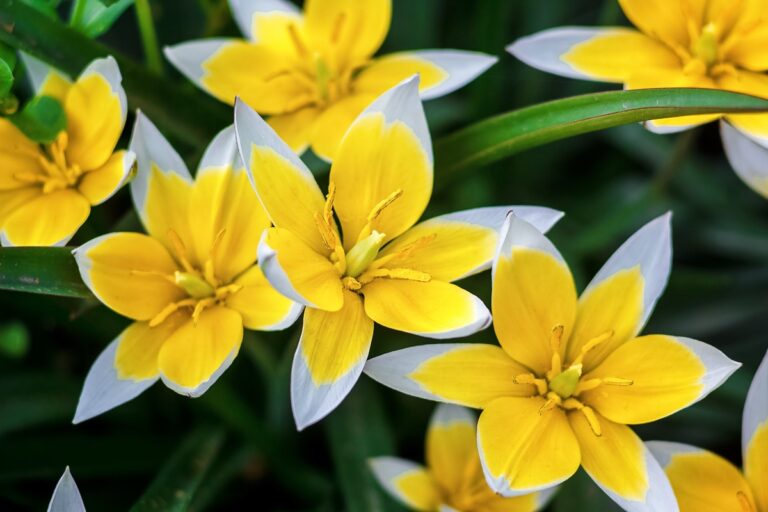
We’re going to return to what we did earlier this year and I invite you to notice any change in your experience over this time of recognizing the living presence of relationships, collaborative communities, that are everywhere in your life and that your radiating presence touches everyone and everything you encounter along the way.
Connect with the community that is your body and orienting to noticing the quality of interactive relationship with that community, affirming that it is a community of collaboration and cooperation amongst trillions of organisms. Offer gratitude and blessings to all the organisms and to the body as a whole, honoring the body’s intelligence (i.e., healing cuts, digesting food, creating waste, etc.) Send love to all the organisms in the community that is the body;
send love to every organ, with gratitude for the work it does for you. Honor your skeleton, this internal infrastructure of support for your body. Send love to all the fluids in your body. Honor your muscles and the work they do for you. Acknowledge your fascia, the connective tissue in your body. Honor the largest organ of your body, your skin, sending it love and gratitude.
Notice your experience in your heart space as you do this.
Please remember never to listen to guided audio meditations while driving or using dangerous machinery.
Here’s the YouTube version if you’d like to do the meditation with images of nature…
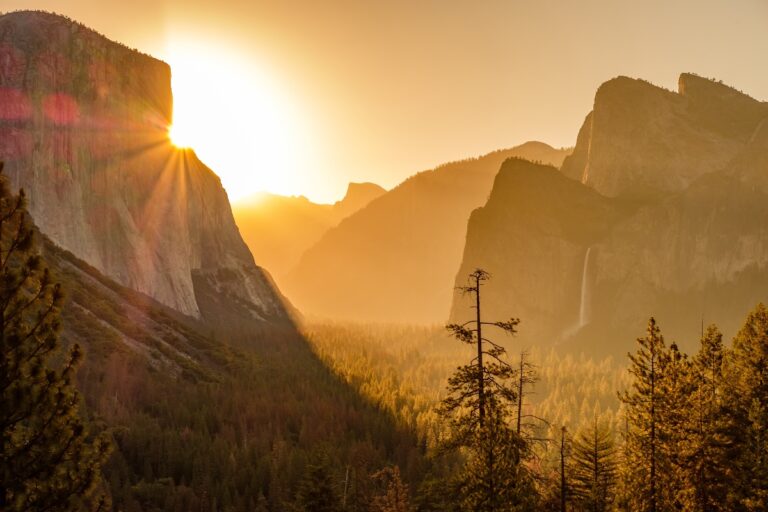
When I actively taught Somatic Experiencing, one of the themes that I passed along from my first SE teacher and good friend, Diane Poole Heller, was the distinction between expressions of “power over” and those of “mutual empowerment.” Diane embodies and expresses mutual empowerment in her relationships with the people around her and her influence and modeling have had a powerful impact on me. The distinction between power over (where there are only two options—you’re on the top or you’re on the bottom) and mutual empowerment (where no one has to lose power in order for things to work out) has stayed with me as an active intention to support mutual empowerment in every way I can. I have lived that not only as a teacher but also as a mentor. When people talk about the “new Earth” that needs to arise from the breakdown of the old institutions that are now being challenged around the world, what comes to mind for me is a fundamental shift from power-over styles of leadership and dominance, including our relationship with the planet and all our human and other-than-human earth-kin, to styles that embody and express mutual empowerment within every aspect of our lives.
A key thing about mutual empowerment is that it has, as its foundation, the belief and experience that your having power doesn’t automatically take away from anyone else and their having power doesn’t automatically take away from you. A stance of mutual empowerment tends to naturally engender respect, as well as wishes for others to have as much success, happiness, satisfaction—whatever—as is possible for them.
For this week’s practice, I invite you to pay attention to those times when you encounter people or situations that express “power-over” dynamics and those where you see, or experience, styles of “mutual empowerment”. Also notice these dynamics in yourself so that if you have slipped into a power-over style of interaction you’ll be able to choose whether you want to continue in that mode or if you want to experiment with shifting into a mutual-empowerment style.
Read More “872nd Week: Noticing Mutual-Empowerment and Power-Over Dynamics “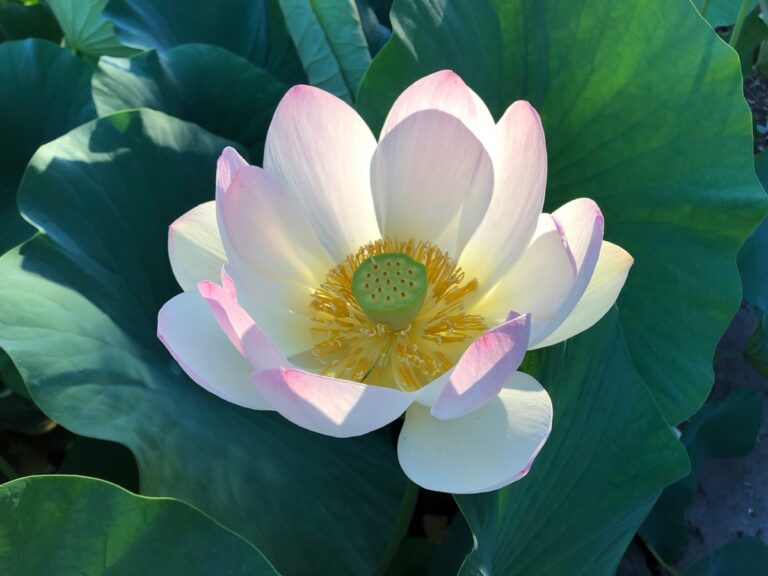
Listening to the news these days can be a challenge with all the reports of rabid polarization, anger, and fear. This got me to thinking yet again about processes of subtle activism—things we can do within our own body-mind being that might add something positive and, at the very least, not add to the distress going on all around us.
This morning, as I sit in Central Park taking in the green of trees and abundant birdsong, I remember that we all “interare”. The word “interbeing” was created by Thich Nhat Hahn, the Buddhist monk and teacher, and he offered it as a way of reminding us that we are not only dependent on each other and on every other life form that is part of our ecological niche, but we are also related to everyone and everything on the planet. Even when we violently disagree with one another, we are related, part of an earth community of interbeing.
For this week’s practice in conscious living, I invite you to spend some time living with this idea. If it’s already natural to you, then take it a step deeper and find even more earth relations you may have left out of your experience of connection. In a world of interbeing and interdependence, no one and nothing can be omitted. We are part of one global ecosystem and we deeply depend on this earth family with which we are connected.
Read More “842nd Week: Interbeing: Connection, and Interdependence”